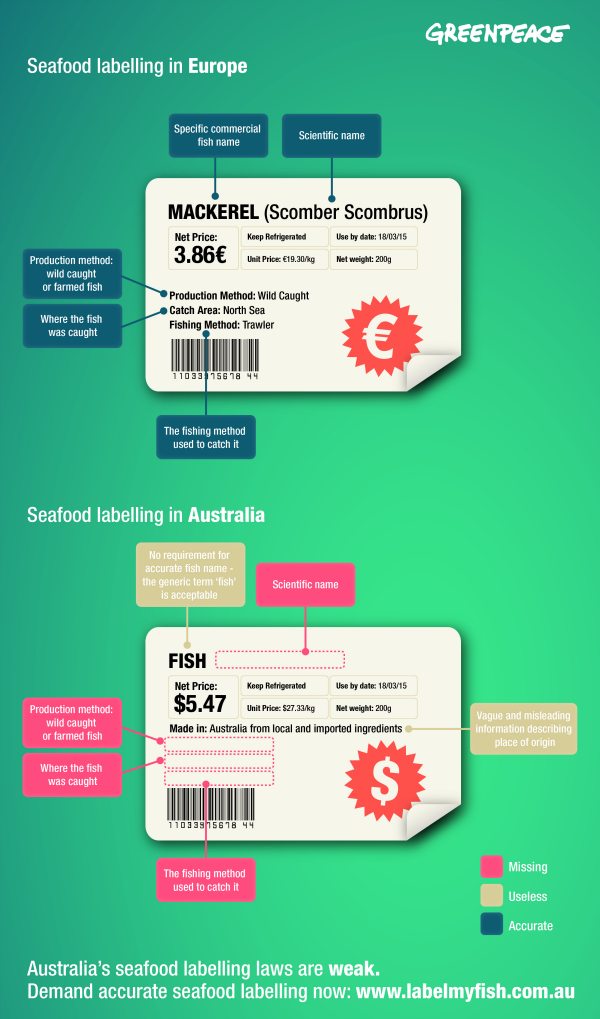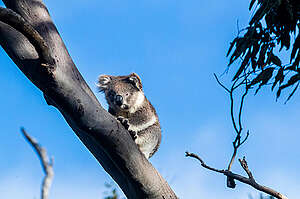Australia is a lucky country. We have a beautiful climate, rich oceans, vast forests and healthy food. But when it comes to food packaging, Australia pales in comparison to other countries. Take a look at what your label isn’t telling you here.
Living in Amsterdam last year, I often saw comprehensive food labelling. My weekly shopping included tomatoes grown in San Marzano, cheese made and packaged in the North of the Netherlands, and bread sold at the organic markets where everything was harvested and sold by the local farmers. It was clear where my food had been grown and packaged.
What information are we missing out on in Australia?
When people buy fish in Europe, they have access to a lot of information about their purchase. Last year, the European Union introduced tougher laws to ensure seafood is labelled accurately and in a detailed manner. Now, when people in Europe want to buy fish, they are told:
- The specific commercial fish name
- The scientific name
- The fishing method used to catch it
- Where the fish was caught
- Method of production
In the lucky country, we’re not told as much. Check out the comparison between seafood labelling in EU and Australia and take action below.
Why do we need accurate seafood labelling?
Every Australian deserves to know what they’re eating. When we buy seafood, we should know what fish it is, where it’s from and how it was caught or farmed.
Accurate seafood labelling lets us make informed choices as consumers. Whether we want to buy Australian produce, make purchases that are ethical, or sustainable for our oceans – or all of the above – we need access to accurate information.


